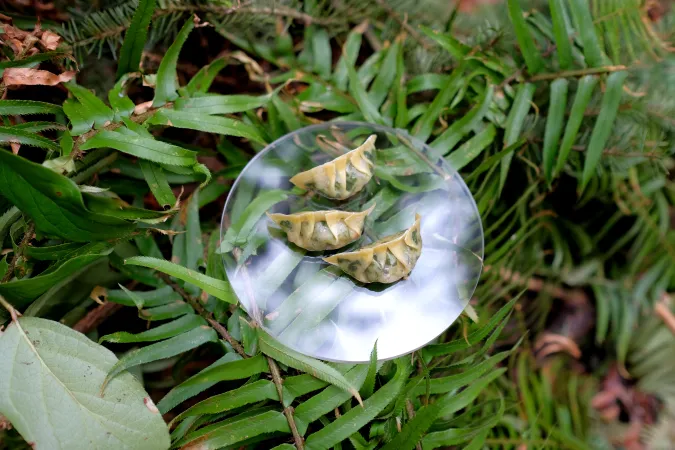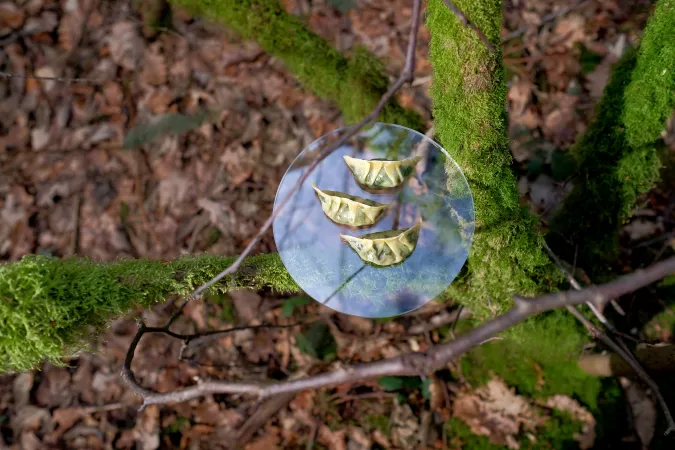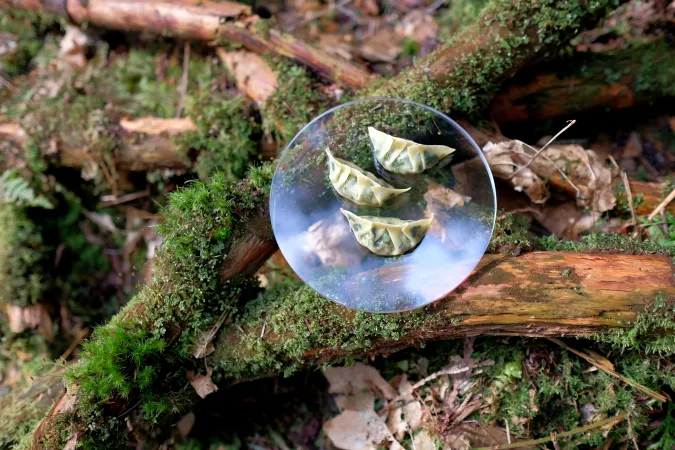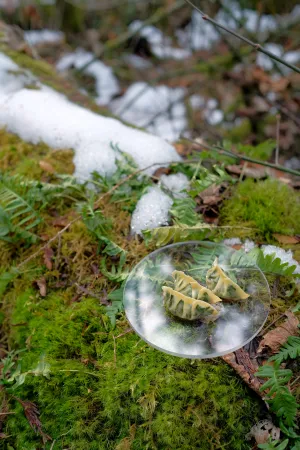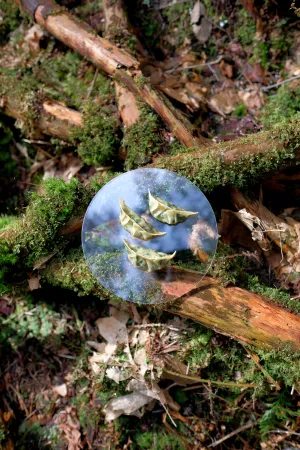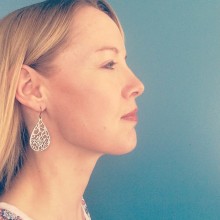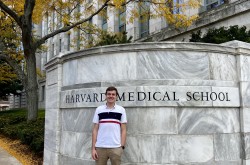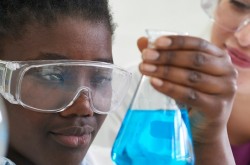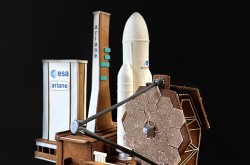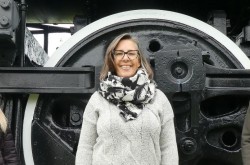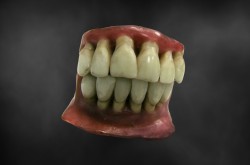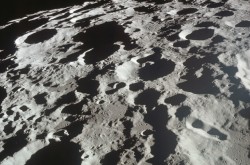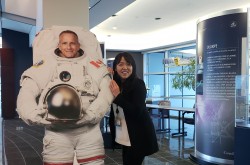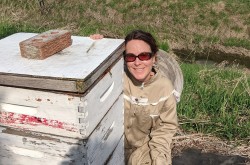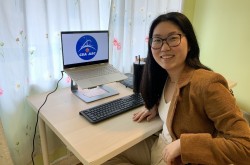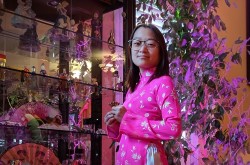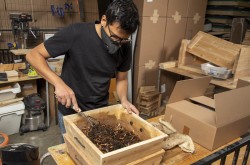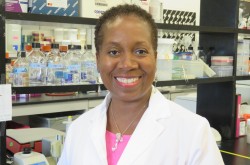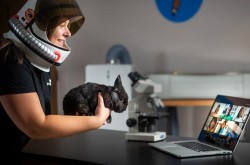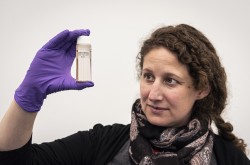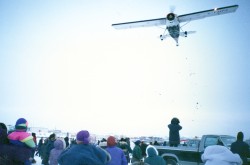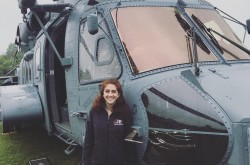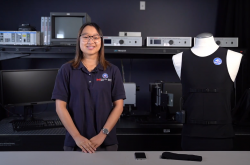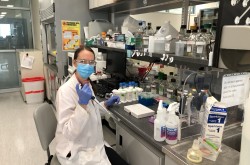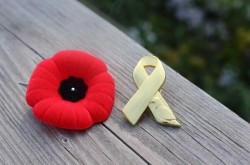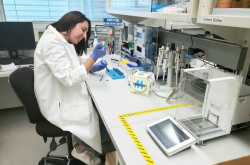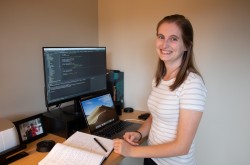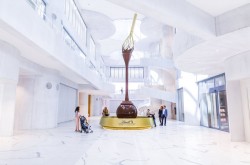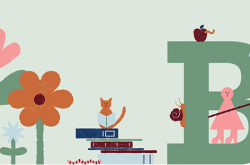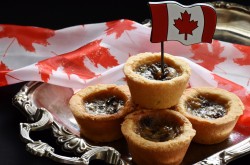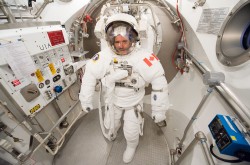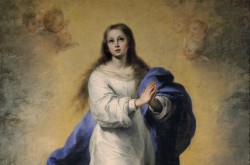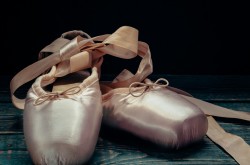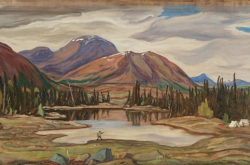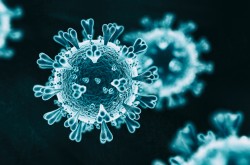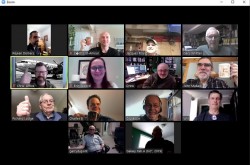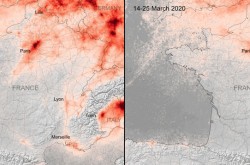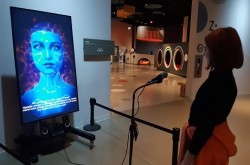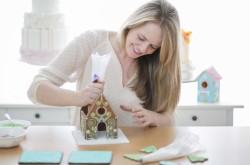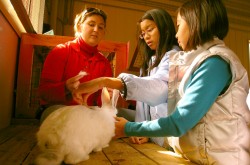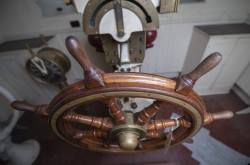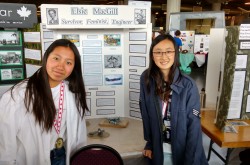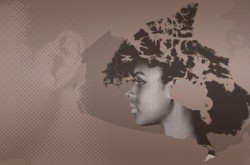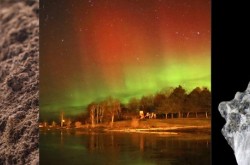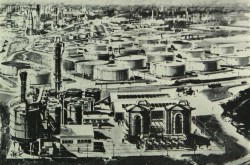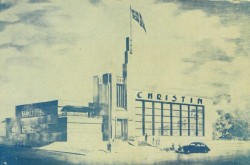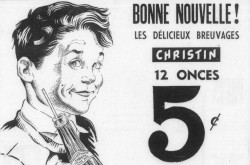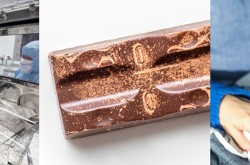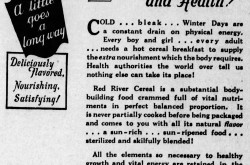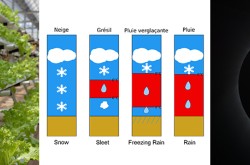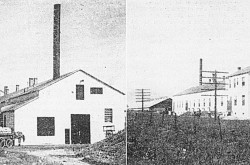Behind the scenes: An artist’s perspective on the future of food

Have you ever stopped to consider what food will look like in the future?
In our rapidly-changing world, global food security issues — such as climate change, declining fresh water supply, loss of biodiversity, food waste, and the gap between producers and consumers — will have a direct impact on our food supply for tomorrow. The results will impact all of us.
Amanda Huynh is a Canadian artist who works with food as a medium. Huynh contributed to the development of Edible Futures: Food for Tomorrow, which launches at the Canada Agriculture and Food Museum in Ottawa on April 27, 2019. This travelling exhibition was curated by the Dutch Institute of Food & Design and is presented by the Embassy of the Kingdom of the Netherlands.
The Ingenium Channel caught up with Huynh — who lives in Vancouver — to talk about her art, her perspectives on food, and why it’s so important to consider where our shared food future is headed.
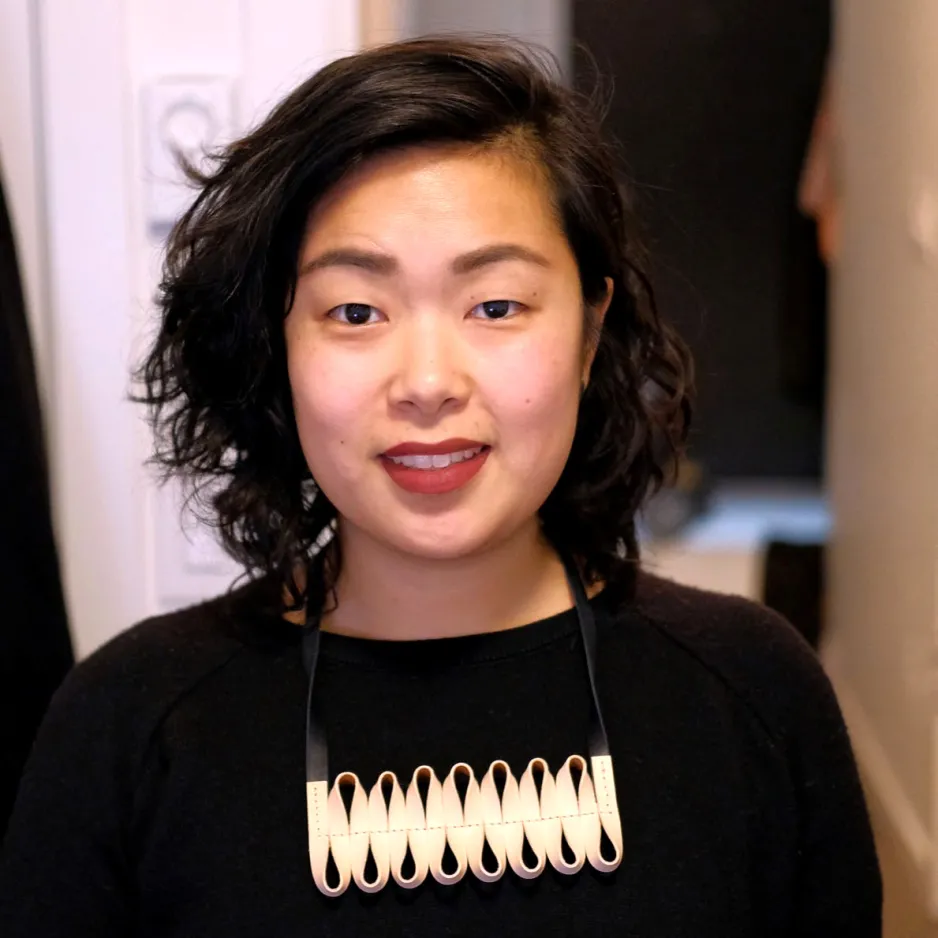
Artist Amanda Huynh
Tell me about your path as an artist; was it your ambition from childhood?
I can't say that it was an ambition since childhood (I wanted to be a lawyer), but I do have fond memories of my fifth grade teacher. She was an artist herself and loved giving us advanced art projects like sewing hats and casting porcelain figurines. Our art class would often run into the time slots for the other classes! I was also always sitting on my dad's workbench watching him disassemble and fix things, like watches and radios. When I reflect on it now, I'm sure that's where my love of working with my hands started.
What mediums do you most enjoy using in your work?
I'm very partial to working with food as a material. I think it is the most important material, and will be increasingly recognized as such. It connects us to our histories and to one another like no other material can.
Tell me about Diasporic Dumplings, which is your original contribution to the Edible Futures exhibition.
I've been thinking a lot about diasporic identities and resilience. My parents arrived to Canada in the late 1970s as Chinese-Vietnamese refugees, and my brothers and I were born and raised in Lethbridge, Alberta. Culturally appropriate groceries were pretty limited for us growing up — I think many immigrant families in Canada share the same stories of the Asian grocery store pilgrimage (for us, a two-hour drive to Calgary). In thinking about the future, I felt that our foods still need to have this link to the past formats of food. They should still be recognizably our food. One of my undergrad students once told me that dumpling folds hold our fingerprints, so it was important to me to capture my own style of dumpling pleats for the exhibition.
Diasporic Dumplings explores a sense of territory and resilience through bite-sized tastings of ingredients harvested from the immediate surroundings. The project considers indigenous plants, as well as the invasive species that have adapted to a new life, far away from home. In Ottawa, the dumplings consist of Dandelion (Taraxacum officinale), Shepherd's Purse (Capsella bursa-pastoris), Canadian thistle (Cirsium arvense), with specimens of each plant exhibited alongside.

Plant specimens used in Diasporic Dumplings.
What would you like to achieve through this particular piece of work?
Every culture has its dumpling. I hope that viewers can reflect on the shapes of food that nourished their ancestors, and how our bodies can know what looks, feels, and tastes familiar. We have collectively lost a lot of knowledge of seasonality and local foods that I think will become increasingly important for our survival. That the plants I've selected for each city can grow without human intervention means that they have all the nourishment they need, and are rich in nutrients as a result.
~ Amanda Huynh
What do you hope the overall Edible Futures exhibition achieves?
At a time when there is so much uncertainty in the world, I hope it provides an opportunity to deeply consider the choices we make in how we feed ourselves. The conversation is being had in different ways, in different parts of the world, and I'm excited for how it can continue in Canada.
Why do we need to care about the food for tomorrow?
Food is the only material that can be designed that becomes a part of our bodies. It's a source of joy, and pleasure, and an embodiment of our histories — if we don't put emphasis and care into the food that we eat, these fundamental parts of humanity will be lost.
How do you think we can feed 10 billion people in the year 2050?
My best hope for the future is that beyond survival and thinking about food as calories, we consider that people need to eat food that feels dignified and culturally appropriate. Beyond the need to be fed, we also have a need to feel love and belonging.
In the future, do you think you will miss any food traditions from your childhood as a result of climate change?
In Chinese culture, a lot of food traditions revolve around food. Food has a lot of symbolism and meaning, with plenty of food being the norm at family gatherings. This will be one of the most challenging things to address as we have to adjust our diets to climate change — where is the balance between preserving traditions and adapting to the changing world? A lovely example of this is Buddhist vegetarian food, which uses plant-based products to resemble traditional meat dishes in look and texture.
Will the texture of food design in the future transform our taste buds or range of palate?
We will have to adjust for the sake of our health, and the health of the planet! The level of food production and waste at present day is simply unsustainable. Countless preparations, textures, and flavours of food already exist globally. It might just be a matter of finding which are the most environmentally sustainable while still satisfying this fundamental enjoyment we get out of eating good food.
If you could impart one key message to visitors at Edible Futures, what would it be?
I really just want everyone to make and share a meal with other people, whether they are loved ones, or new friends. It makes such a difference.
For more information, please visit the exhibition page for Edible Futures.


